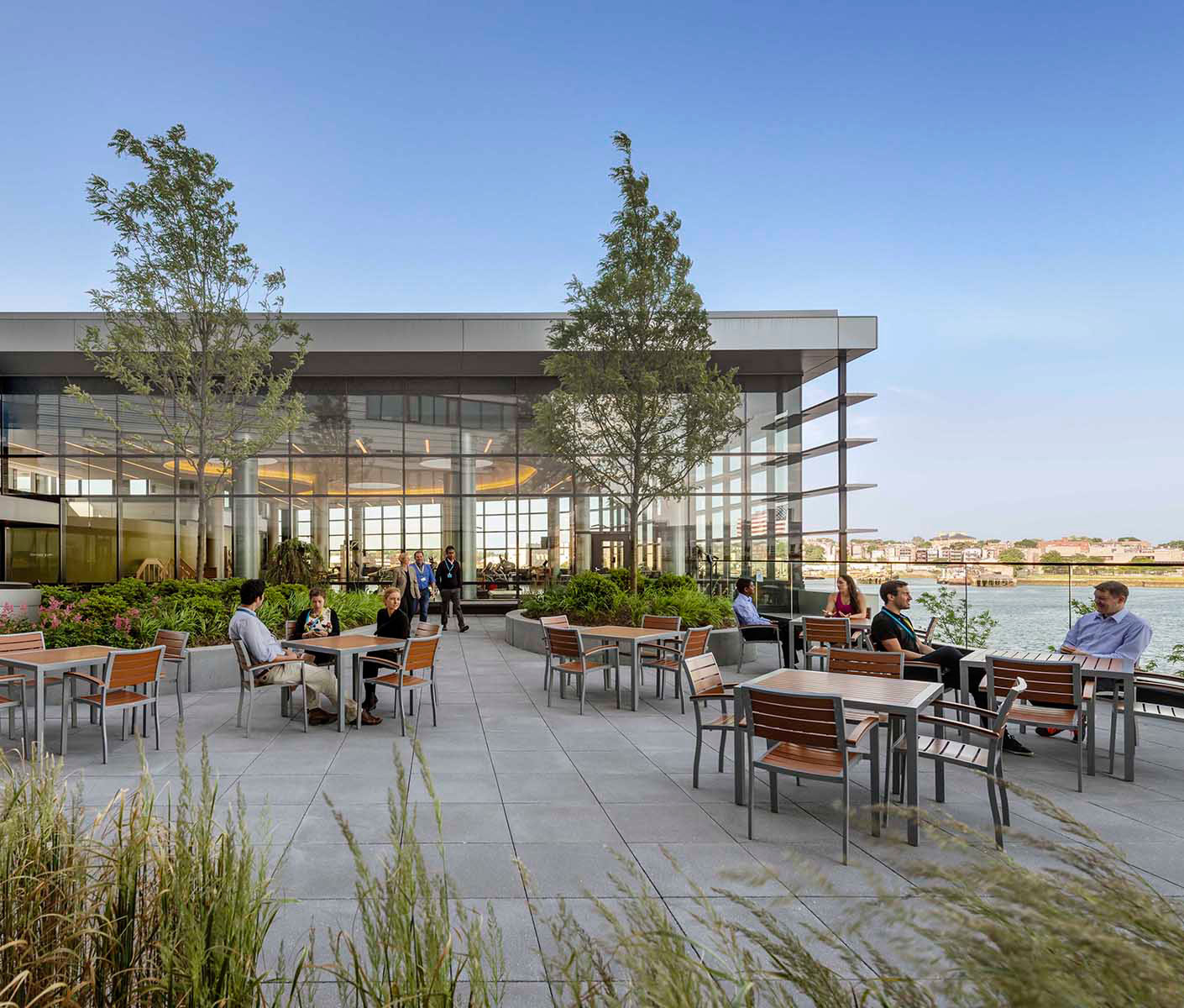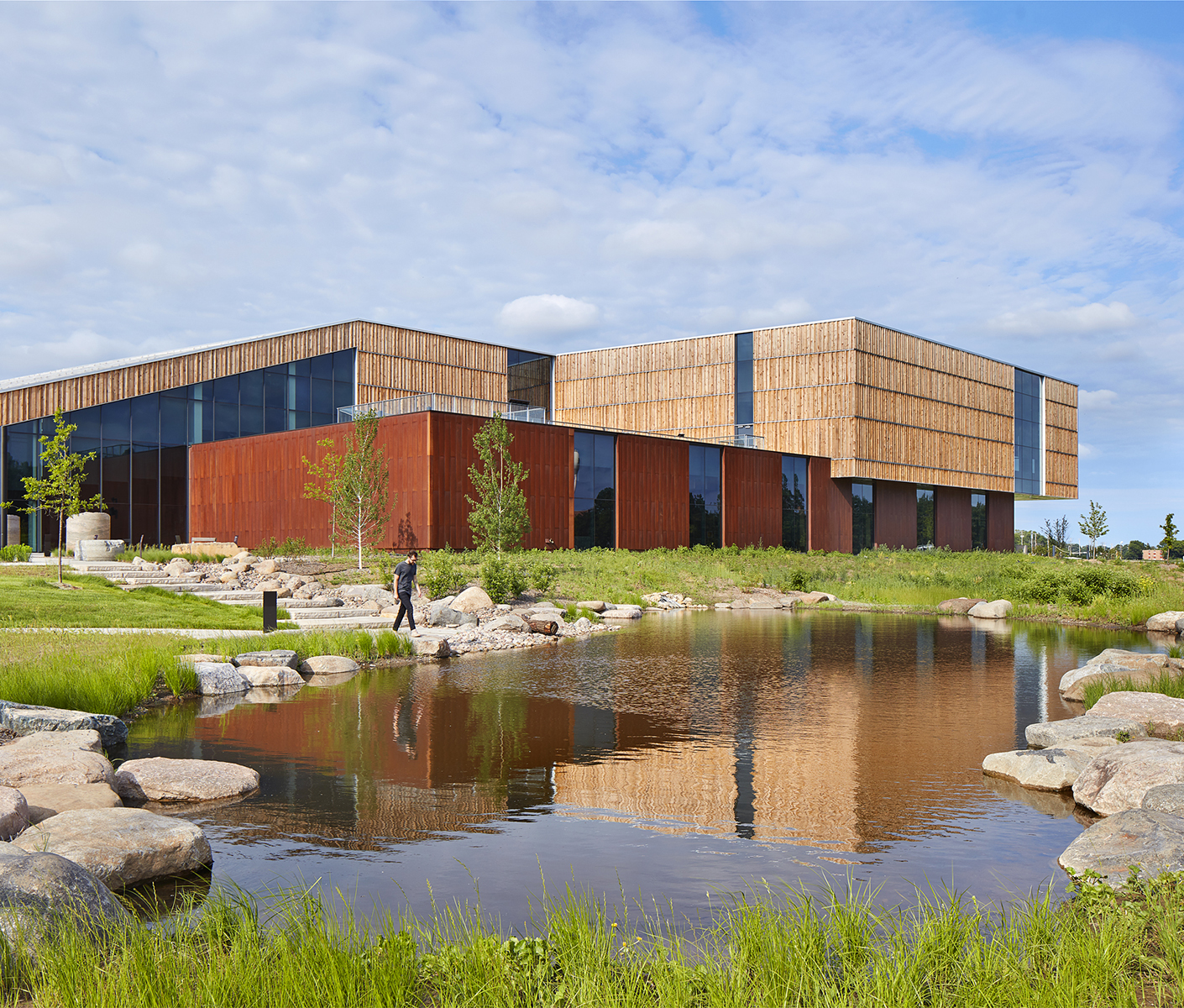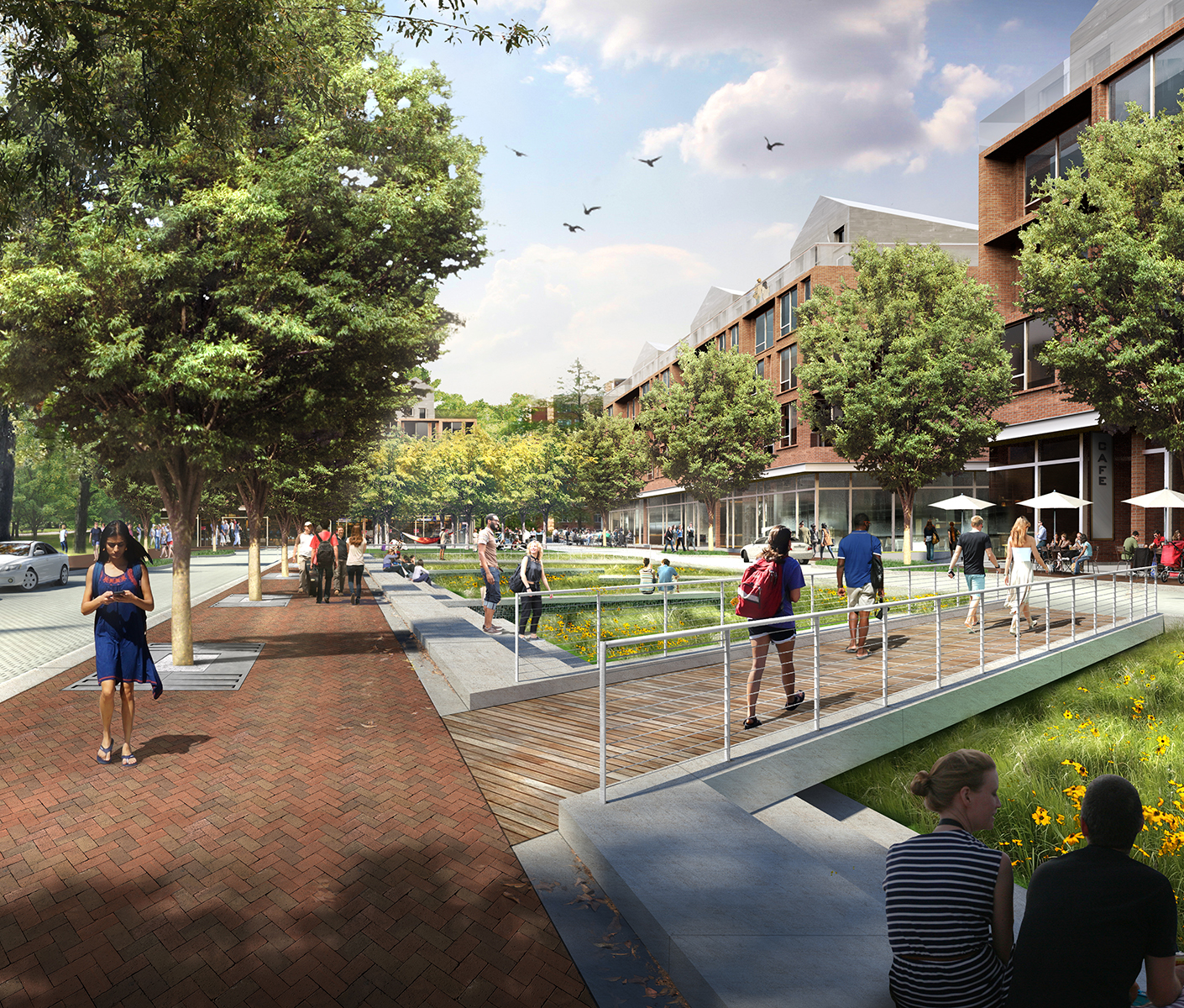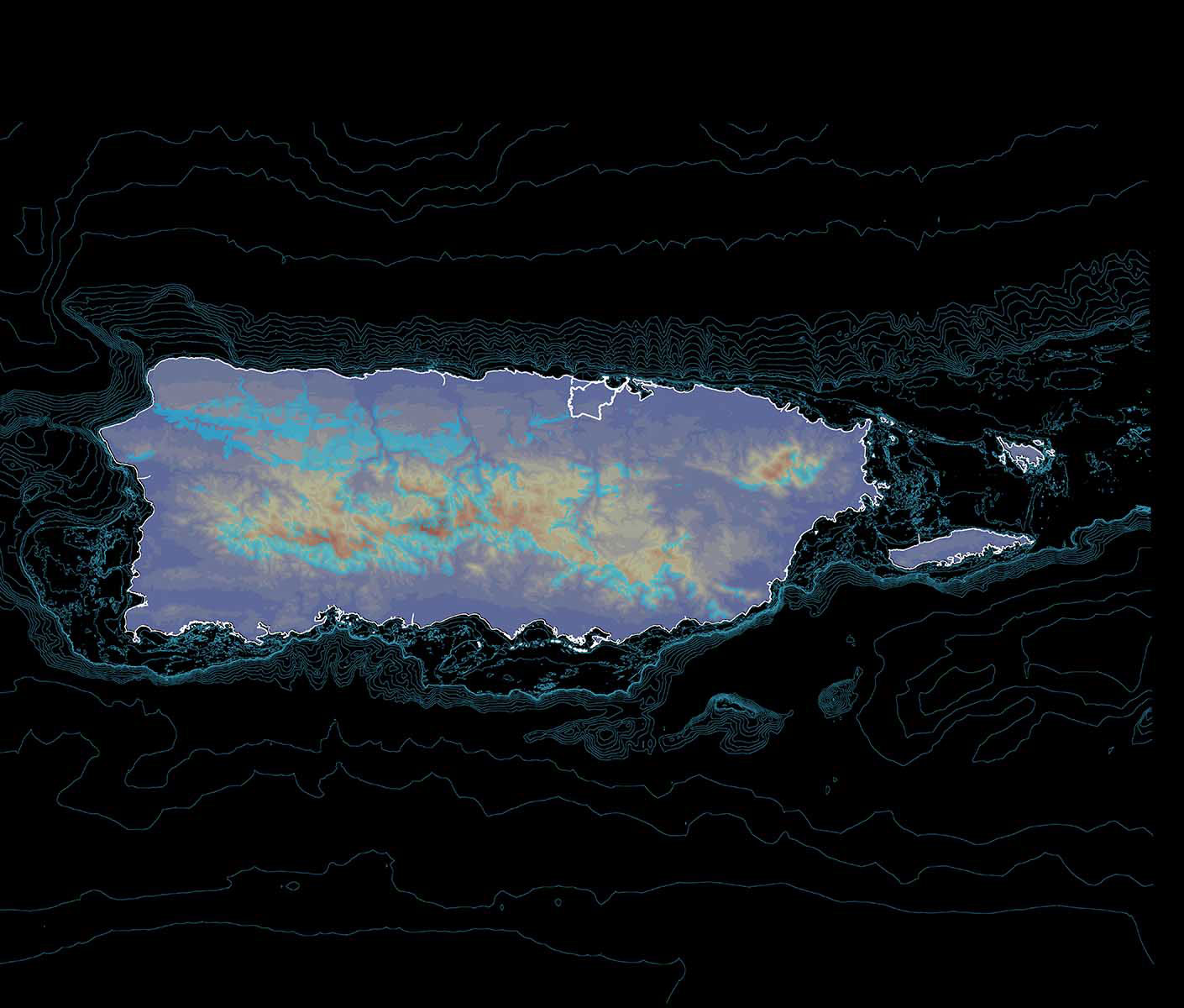Designing to withstand the unpredictable.
We help communities prepare for—and protect themselves from—natural and man-made shocks like hurricanes, super storms, droughts, sea-level rise, heat waves, wildfires, and earthquakes. Even social volatility and economic stress.
Places that are designed, planned, and organized for resilience have a significantly greater chance of weathering physical trauma and social provocations. They’re also much more likely to regenerate and prosper afterward.
Climate change is a critical part of resilience. But it’s really only one-third of the bigger picture. True resilience takes into account social and economic concerns, too. Our S-E-E approach to resilience provides more holistic protection to our clients and communities.

We established a global alliance dedicated to creating opportunities for Puerto Rico to recover from and thrive after Hurricane Maria. We’re now developing pilot programs aimed at protecting the island from future extreme weather events.


Resilience starts with people. The healthier we are, the more resilient we are. We’re helping institutions partner with their communities to plan resilient health districts that feature green infrastructure, sustainable buildings, and health-supporting amenities—all within reach.
